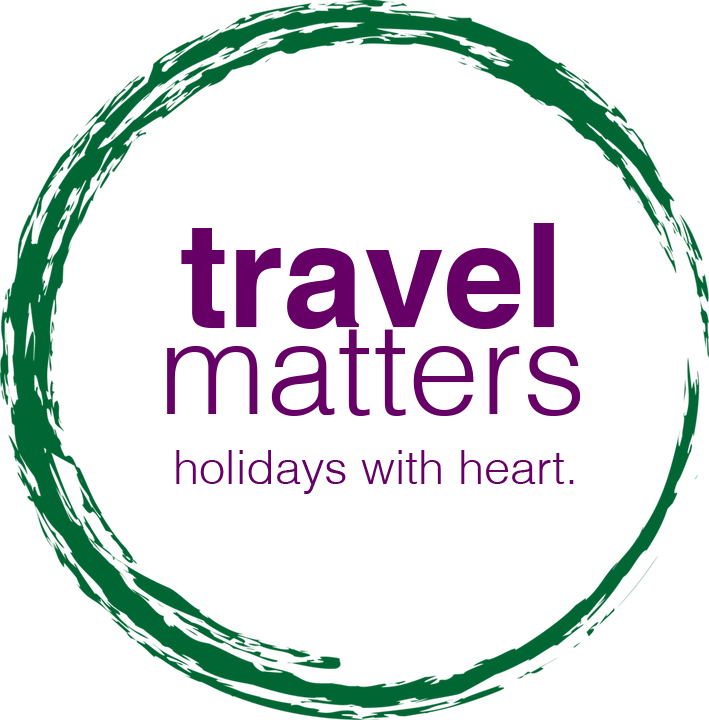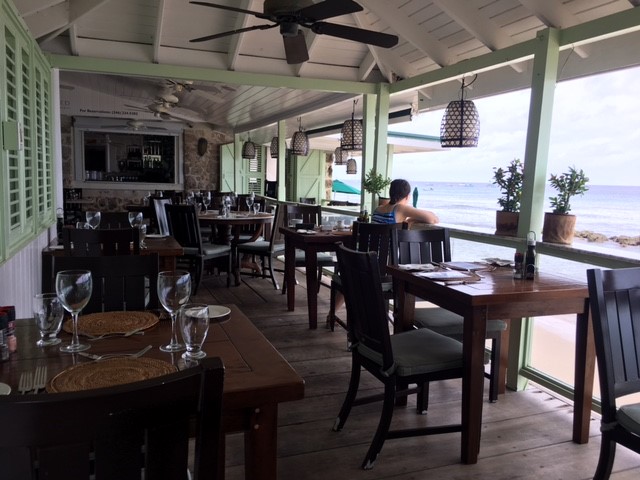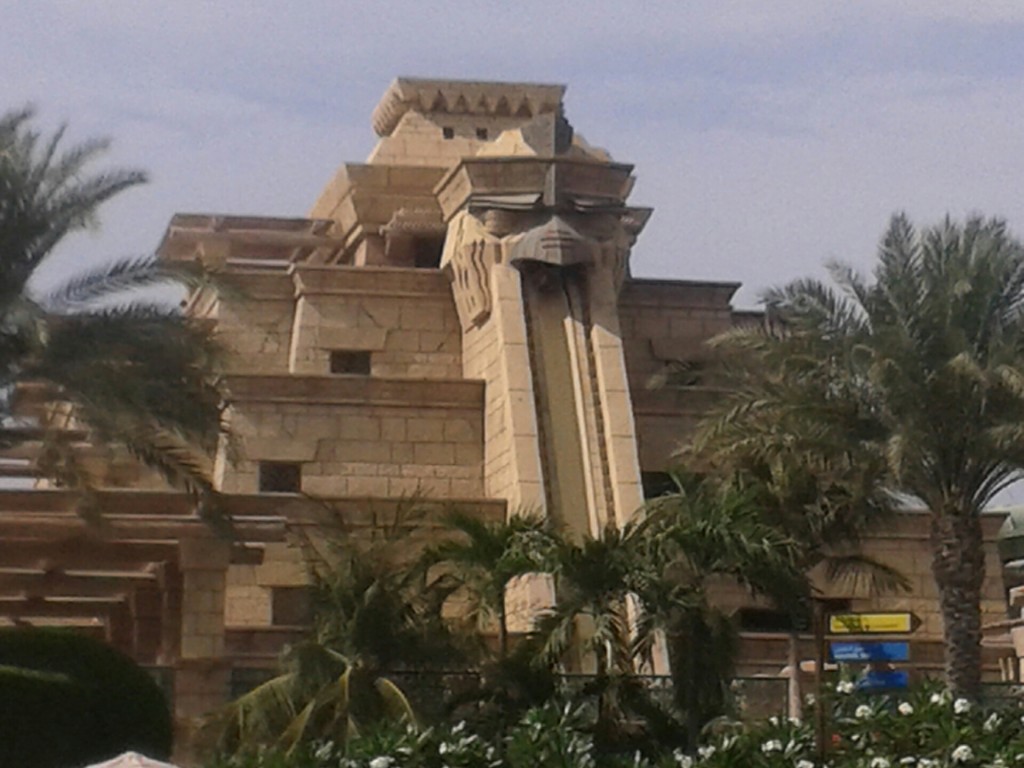Madagascar is a strong contender for offering the most distinctive wildlife holidays on the planet. The island separated from the African mainland some 165 million years ago and much of its fauna and flora have evolved in a unique way - an astonishing 80% is endemic. Madagascar’s almost bizarre array of wildlife echoes the 88 million years the island spent in isolation. Evolution got to work to produce some spectacular species and the island is now one of the most biodiverse regions in the world. It’s so unique that the country is sometimes called the eighth continent. The blog post below belongs to our guest writer and beloved client, Sarah Mortimer.
You’ve heard the one about an elephant making a trunk call..? Well, now I have seen lemurs in Madagascar in full talk-back mode!
Walking quietly through the rainforest of Andasibe National Park we and our tour guides were on the lookout for some of the island’s many indigenous species that make Madagascar such a treasure trove of flora and fauna: chameleons, birds, butterflies and any number (and, it seems no exact number established, such is the range of species and sub-species) of lemur.
The birds are beautiful, the chameleons extraordinary, the landscapes amazing… but my own particular quest was to see – and hear – the indri lemurs.
The biggest of the lemur family, with sticky-out ears, a rotund bottom with barely visible tail, these black and white animals look more like a teddy bear – and every bit as cute. But it is their ‘song’ that enchants me: a haunting wailing sound more akin to whale-song in its tuneful cry than a call of the canopy. But having heard their siren call from afar early that morning I was desperate to see these songsters.
Our guide located a small group of these characterful little beings, and I watched them with delight. Then, right there, miles away from urban life and so deep in the Madagascan (I love the ‘taste’ of that word – as much as the taste of their chocolate!) forest, 21st-century phone-tech came in to play. Our guide took his mobile phone from his pocket, googled YouTube, and relayed a sound recording of an Indri group’s calls. In response to that recording, our own little troop raised their heads, opened their mouths, and sang their baleful siren song to claim loudly (actually, very loudly) that this patch was theirs! I was entranced by this concert performance, albeit prompted by a degree of manipulation – courtesy of Messrs Apple, Google, and YouTube. But our gang didn’t seem too perturbed: they simply rang out their peal of territorial calls.
So…maybe there IS an argument for phones in the forest – but for appropriate on-line connection only. Ocado is a step too far…
Sarah Mortimer visited Madagascar in October 2019. If you’d like to hear more about our trips to the African continent, don’t hesitate to get in touch.






































